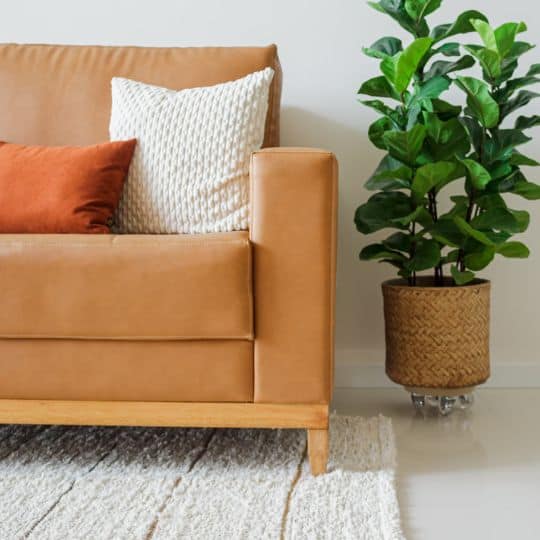New vs. Used House Purchase: Weighing the Pros and Cons
Table of Contents
A house purchase is one of the most significant decisions in a person’s life, and one of the first questions that arises especially to a first-time homebuyer is to consider the right decision whether to buy a new home from someone like French Brothers homes or a used house. Both options come with their own set of advantages and disadvantages, and understanding these can help you make an informed decision that aligns with your preferences, needs, and financial situation. Let’s explore the pros and cons of both new and used house purchases.
Buying a New House – Pros:
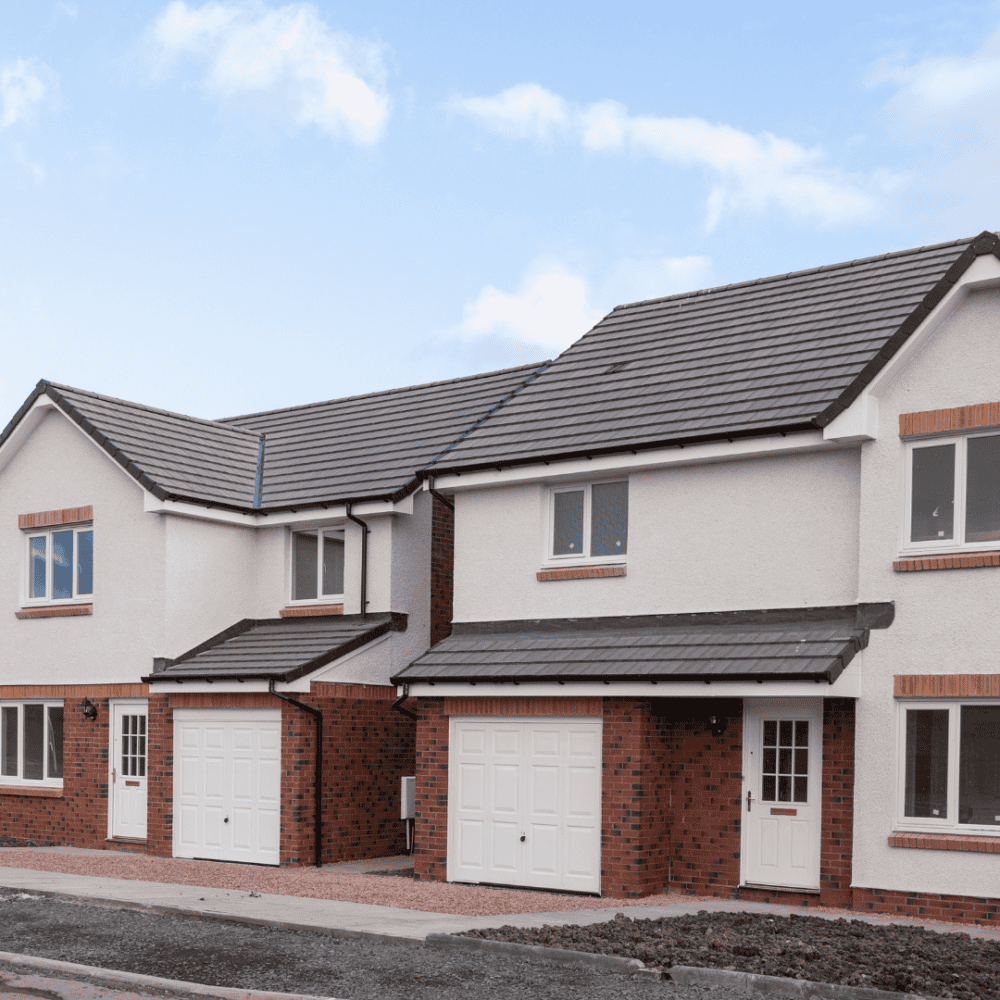
Customization
One of the biggest advantages of a new house purchase is the ability to customize it to your liking. You often have the opportunity to choose a modern design or finish, materials, colors, and even layout options, ensuring that the house fits your personal style and needs.
Customization also plays a significant role in optimizing functionality and maximizing comfort within the home purchase. As much as style matters, at the end of the day, it’s important that our living space suits our needs and enhances daily living especially if its your first home. Whether it involves creating built-in storage space solutions or designing an open-concept layout tailored to our lifestyle, customizing is a personal preference and allows us to turn a brand-new home into something more than just four walls – it becomes an extension of ourselves.
Modern Features

One of the most exciting aspects of purchasing a brand-new modern design home in today’s world is the abundance of innovative features that come with it. You can expect cutting-edge technologies, new appliances and luxurious amenities that will truly enhance your living experience.
Take, for example, automated home systems. With just a few taps on your smartphone, you can control everything from the lighting to the temperature in your house. This not only adds convenience to your daily life but also allows for energy costs and savings also increased security.
Another remarkable feature found in many modern houses is eco-friendly design. As sustainability becomes increasingly important, builders are incorporating green technologies into their homes. From solar panels that generate clean energy to water-saving fixtures, these environmentally friendly features not only help reduce our carbon footprint but also contribute to long-term cost savings for homeowners.
Low Maintenance
New homes in Delaware, or elsewhere more relevant, typically require less maintenance and repair work compared to older homes. With all systems and appliances being new, you can expect fewer unexpected expenses in the short term with a new house purchase.
One aspect that may be overlooked however is the landscaping. While lush green lawns might look beautiful, they could come as an extra and require constant attention – mowing, watering, fertilizing. Opting for a landscape design with native plants can significantly reduce your outdoor maintenance needs. These plants are adapted to local climate conditions and generally require less water and care compared to non-native species.
Another consideration when searching for a low maintenance home is the choice of materials used in its construction. Investing in quality materials like double glazing, vinyl siding or metal roofing can greatly reduce future repairs and upkeep costs. These materials are known for their durability and resistance to weather damage, eliminating the need for frequent replacements or paint touch-ups.
By choosing a low-maintenance new home offers multiple advantages for those seeking convenience, freedom and potential financial savings. It’s worth considering this growing trend and how it aligns with your desired lifestyle.
If minimizing upkeep is a priority, it helps to pair design choices with local market research so you understand how neighborhood factors affect long-term maintenance costs. Local listings and community guides often highlight builders’ warranties, HOA rules, and typical landscaping needs—details that make a practical difference after move-in. For buyers focused on Central Florida, exploring options for a new construction home in orlando fl can reveal which developments prioritize low-maintenance materials and modern systems. Combining those listings with on-site visits and builder documentation gives a clearer picture of expected ongoing expenses.
Warranty

A warranty provides peace of mind for home buyers with a new house purchase and ensures that any unforeseen issues with the property will be taken care of by the builder or seller. However, it’s crucial for buyers to understand the specifics of their warranty and not simply rely on its existence. Knowing what is covered under the warranty, how long it lasts, and who is responsible for fixing any problems can make a significant difference in homeownership satisfaction.
An aspect of a warranty can vary widely from builder to builder or seller to seller. Some warranties may only cover major repairs and structural defects, while others provide more comprehensive coverage for systems like plumbing, electrical work, or heating and cooling. It’s vital for buyers to carefully review these details before making their decision because the last thing anyone wants is an unexpected repair bill shortly after moving into their dream next home.
Homeowners should also keep track of when their warranty expires as this information can greatly impact future repairs and maintenance costs. Understanding your warranty’s duration enables homeowners to plan ahead financially in case repairs are needed later down the line. Lastly, remember that communication is key: if an issue arises during your warranty period, promptly informing your builder or seller could save you from potential headaches further down the road.
Snagging
Snagging, also known as a new build inspection, is an essential part of the process with a new house purchase. It involves identifying any defects or issues in the property and having them resolved by the developer before moving in. While some may overlook this step, thinking that their shiny new home will be free from faults, snagging can save you from future headaches and unnecessary expenses.
One fresh perspective to consider is how snagging can actually strengthen your relationship with the developer. By highlighting any problems during the snagging process, you show your commitment to maintaining high-quality standards for your investment. This not only sets clear expectations for both parties but also demonstrates that you are an involved buyer who cares about the final product. By working together to resolve issues before settlement, you establish goodwill and foster a positive working relationship. Snagging should not be underestimated when purchasing a new house.#
Buying a New House – Cons:
Higher Cost

When it comes to making a new house purchase, one of the biggest factors and potential drawbacks that can cause hesitation is the higher financial considerations involved. It’s no surprise that buying a new home comes with hefty higher prices and this can often be overwhelming for potential buyers, not to mention larger mortgage payments due to higher interest rates of late..
Rather than seeing the higher cost as a burden, it might be more helpful to see it as an investment in your future, considering the quality and features of a new house can help justify its higher cost. Newer homes are often built with modern technology and materials that contribute to better energy efficiency and overall comfort. These advancements can lead to significant savings on utility bills over time and improve your daily living experience.
Limited Character
With this new beginning comes the challenge of limited character in the house purchase. Often, a new-construction home will be built with a generic design and lack the unique charm that older homes possess. On the flip side limited character doesn’t have to be seen as a setback; rather, it can be viewed as a blank canvas full of potential. Embracing this limitation can push homeowners to think outside the box and inject their own personal style into their living space. Focus on incorporating your favorite colors, textures and artwork to infuse character into each room, the possibilities are endless when creating your own unique design style.
Buying a Used House – Positives:
Character and Charm
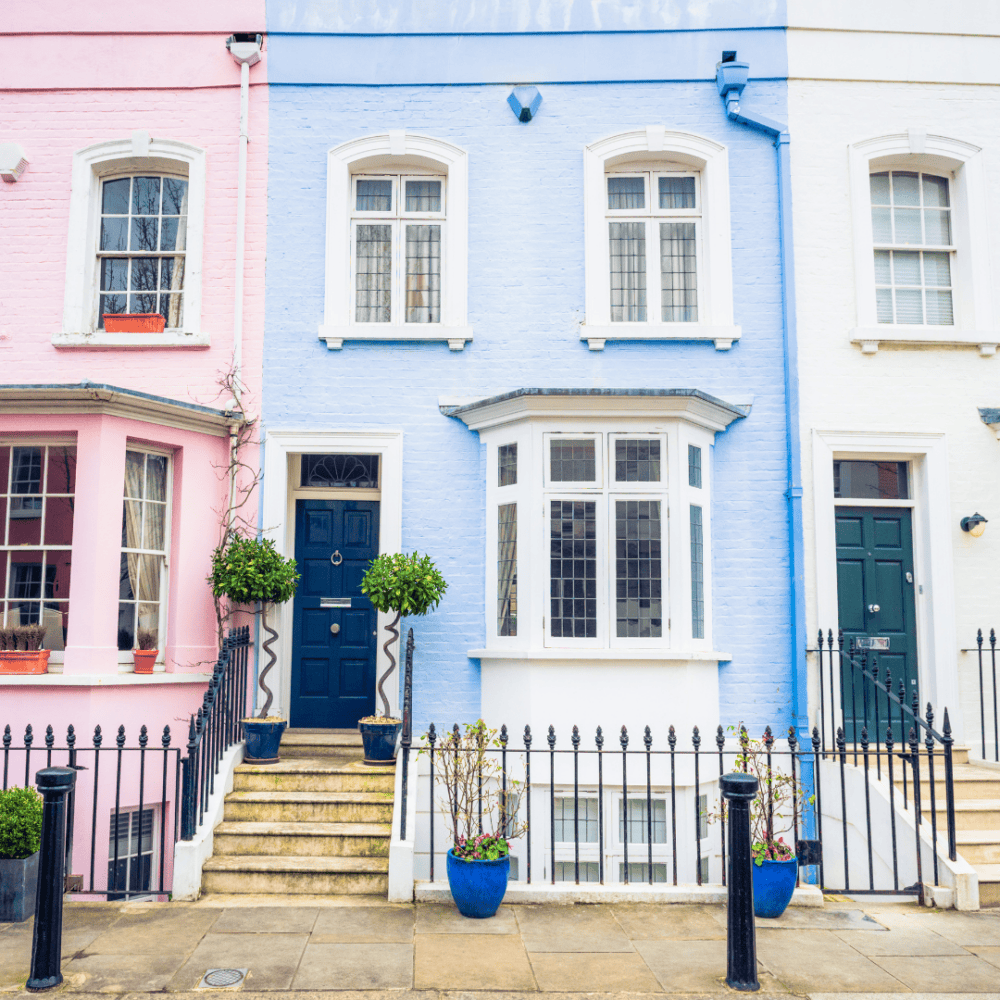
When it comes to an old house purchase, character and charm are often at the top of the list for a prospective new homeowner. These older homes often have a rich history, architectural details, and timeless elegance. There’s a sense of craftsmanship that simply cannot be replicated in newer construction.
What truly sets old houses apart from their more contemporary counterparts is their undeniable charm. The grandeur of high ceilings and ornate fireplaces makes you appreciate what once was considered ordinary. The charm lies not only in the style appeal but also in the size of the rooms and potential for a growing family.
Established Neighborhoods
Older properties are often situated in well-established neighborhoods with mature trees, established community dynamics, and a sense of history that can be appealing to many house purchasers. One of the greatest advantages of buying in an established neighborhood is the stability it offers. As this new community has stood the test of time, it has the major advantage of translating to better property values and a more secure investment for homeowners for the future.
Lower Initial Cost
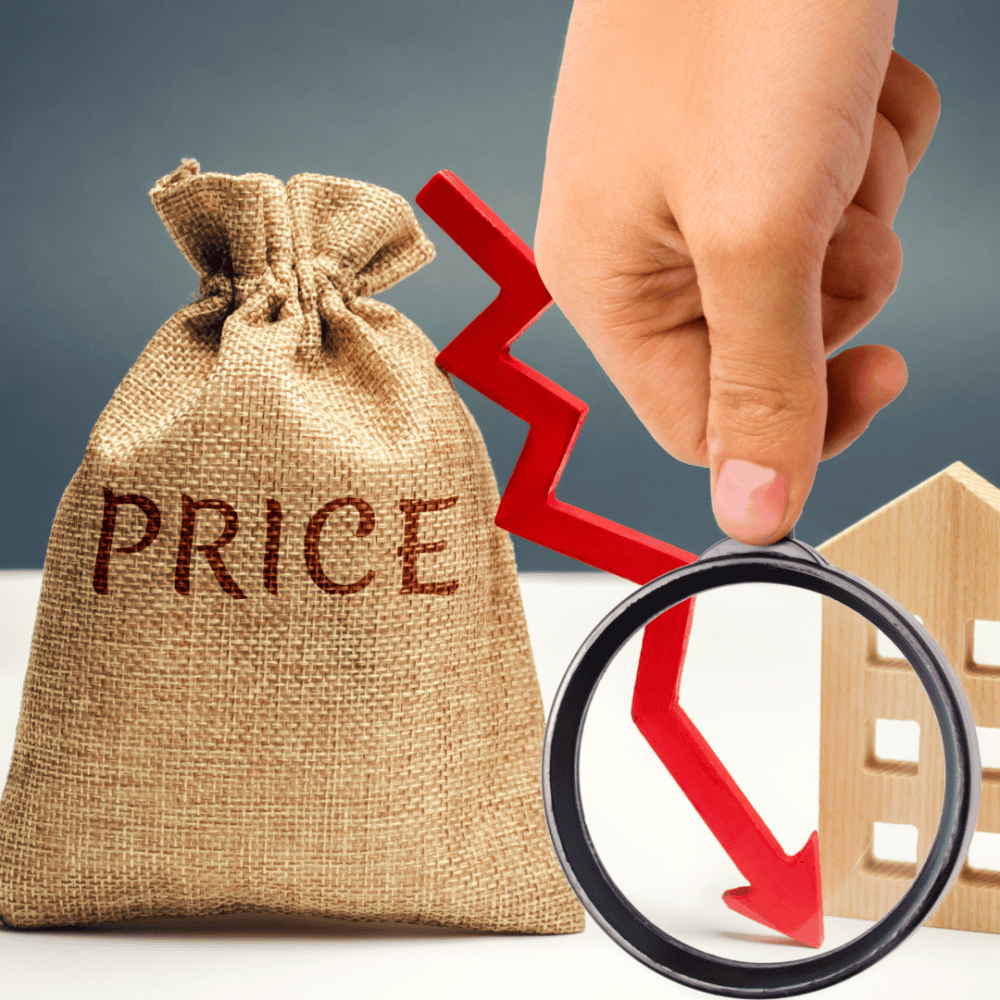
An old home generally has a lower initial house purchase price compared to new homes. This can translate to lower mortgage payments and a potentially a cheaper price is an affordable entry into homeownership. Lower initial costs mean that buyers have more freedom to customize their older house according to their own taste and budget without breaking the bank. Furthermore, with some proper planning and budgeting for ongoing maintenance expenses, owning an older home can actually lead to long-term cost savings compared to constantly upgrading or renovating newer properties.
Potential
Potential is a powerful force that propels us forward with an old house purchase, urging us to imagine what could be instead of settling for what is. It encourages us to take risks and embrace change.
Potential is not limited by age or appearances, it reminds us that there is always hope for rebirth and regeneration. So often we are quick to dismiss things as lost causes because they don’t fit neatly into our preconceived notions of success or beauty.
Buying a Used House -Negatives:
Maintenance and Repairs
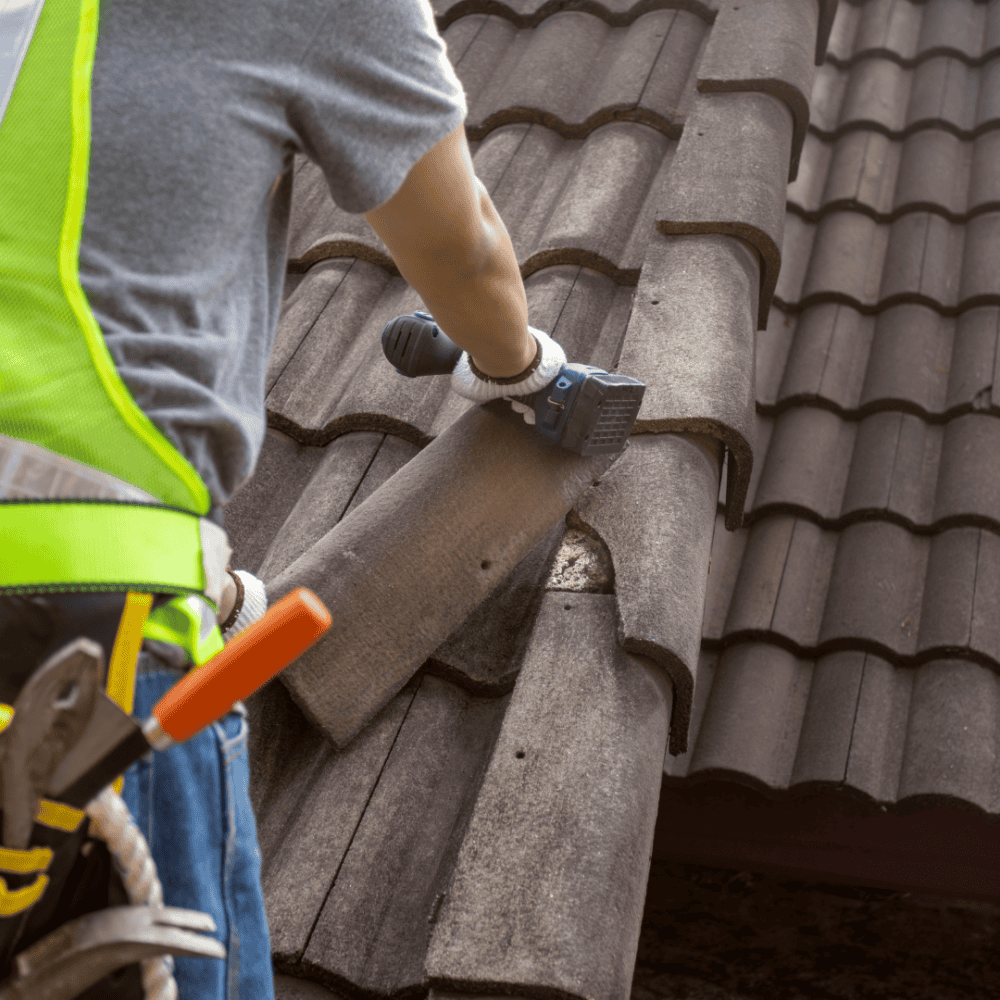
It’s important to remember that choosing an old house purchase it does come with some potential downsides. Older homes often require more maintenance and repairs due to wear and tear over the years. This means more time and money may need to be invested in maintaining or updating aspects of the property. Before taking the plunge into purchasing an old house, it’s crucial to conduct a thorough inspection by professionals who specialize in identifying hidden issues such as outdated electrical systems or failing plumbing.
Potentially Outdated Features
These homes may lack modern energy-efficient features, smart home technology, and up-to-date appliances. Upgrading these aspects can be costly and time-consuming addition to the initial house purchase.
One such feature is the lack of open floor plans, which were not as popular in older homes. While some may argue that these closed-off spaces offer privacy and division between rooms, for many people today, an open floor plan allows for a more spacious and sociable living environment.
Another outdated feature commonly found in old houses is poor insulation. Older homes often lack proper insulation techniques and materials compared to newer constructions. This results in higher energy bills as hot or cold air escapes through cracks and gaps. Retrofitting an old house with new insulation can provide significant savings on utility costs while also improving its overall comfort level.
Conclusion
In the end, the decision between buying a new or used house purchase depends on location, your priorities, budget, and personal preferences. It’s crucial to carefully evaluate all options, considering not only the immediate benefits but also the long-term implications for your lifestyle and finances. Whichever route you choose, remember that a thorough initial home inspection and research are essential to ensure a smooth and successful house purchase.



